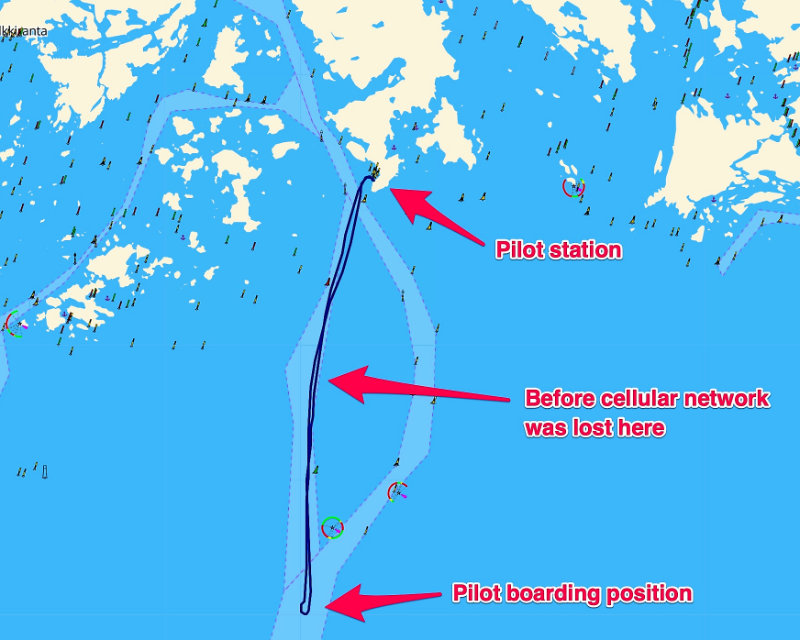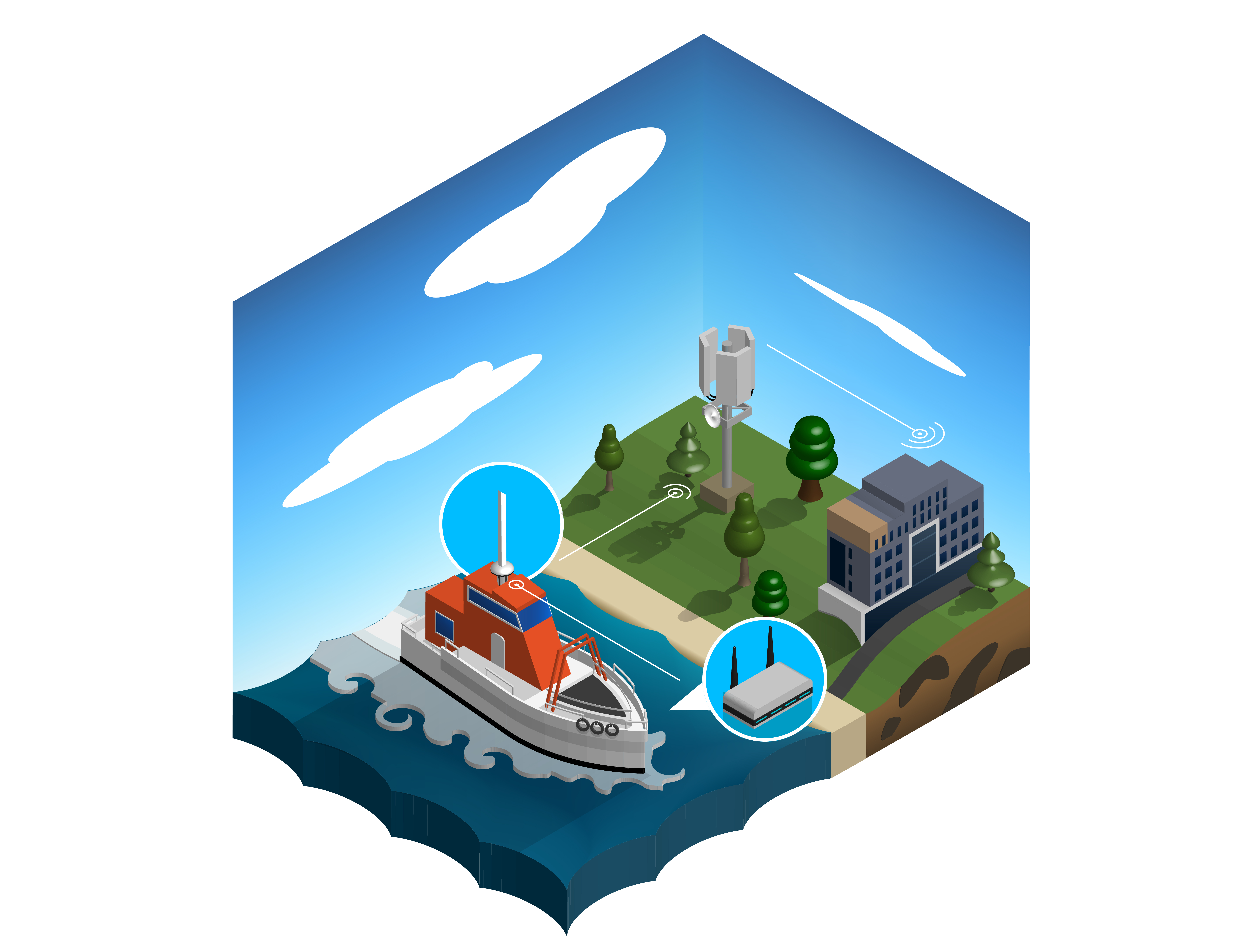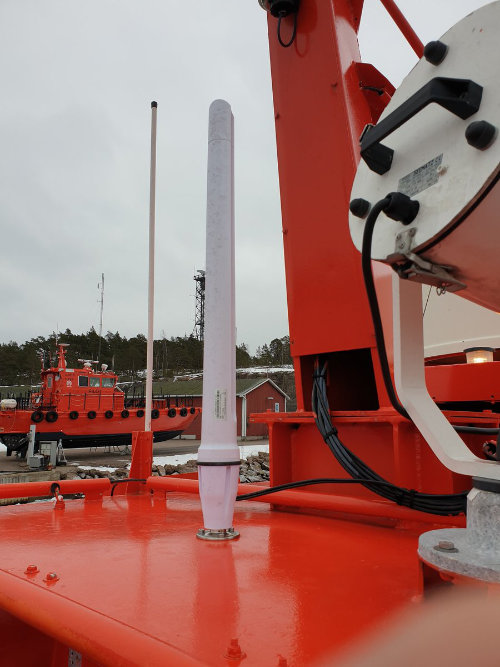Marfle brings internet onboard
Ship to shore communication is the backbone of marine operations like pilotage, towage or CTV services at sea. Unfortunately, problems in connectivity compromise efficiency and safety of fleet operations. Cellular network or VHF radio communications are far from meeting today’s needs. Finnpilot’s fleet managers and pilot boat crew were facing with this issue and searching for affordable ways to solve their connectivity problem. Marfle came up with an onboard internet solution.
We need to articulate shortfalls of stated solutions to understand that why they are not capable of meeting the needs. Biggest of all, the range of stand-alone cellular network is very limited. Satellite communications appear to solve this issue, but its cost of network charges doesn’t justify the means in nearshore operations. VHF radio communications is a useful tool especially in communicating with other vessels, but its imited set of possible recipients makes it almost useless to communicate with people ashore.
When Finnpilot vessels were moving out of coverage areas, connection was lost on the halfway and it was not possible to stay connected with colleagues on land or call the agents. These issues could risk success of pilotage operations. On the other hand, Finnpilot crew wanted to check the schedule of the next ship or see the weather forecasts. Lack of this information can hamper success of operations and even cause accidents. In this sense, an all-encompassing solution was necessary.

Marfle internet solution solved Finnpilot's communication problem shown in the picture.
At this point, we developed a reliable internet solution. System consists of a high range antenna and a robust router which brings broadband internet to the vessel. The system provides an uninterrupted internet communication with 20-30 MB/s upload/download speed up to 20 nautical miles from the coast. It enhances ship to shore communication by bringing all the crucial information at the fingertips of the crew. Now, crew on board can browse on web, send and receive emails, make video calls and check weather forecasts and schedules of ships from their tablets or smartphones. Moreover, they can use mobile messaging applications, call home or even watch videos on video platforms if they have to wait for long at sea.

How it works
High range antenna serves a purpose in increasing the strength of GSM signal. Bukser og Berging is also using it successfully in many of their pilot boats in the harshest winter conditions of Norway. Not only it provides an uninterrupted communication, but also improves the performance of other high-end onboard systems like Marfle Fleet Analytics. Our new customer from ferries segment, SunLines Cruises Helsinki, is also using the high-range antenna to extend coverage of their onboard systems. On the other hand, systems is simple and easy to install.

High range antenna on Finnpilot vessel
The internet changes our everyday life and the way we work in many aspects. At Marfle, we are aimed to increase the connectivity of workboats with internet and new technologies.